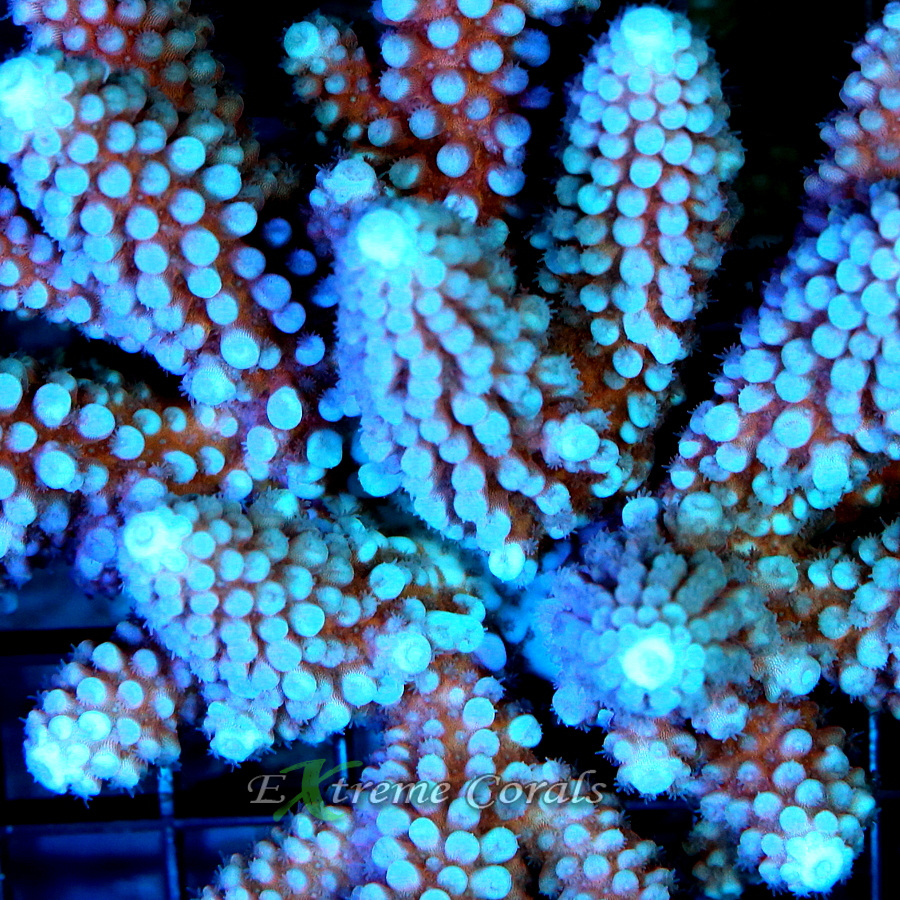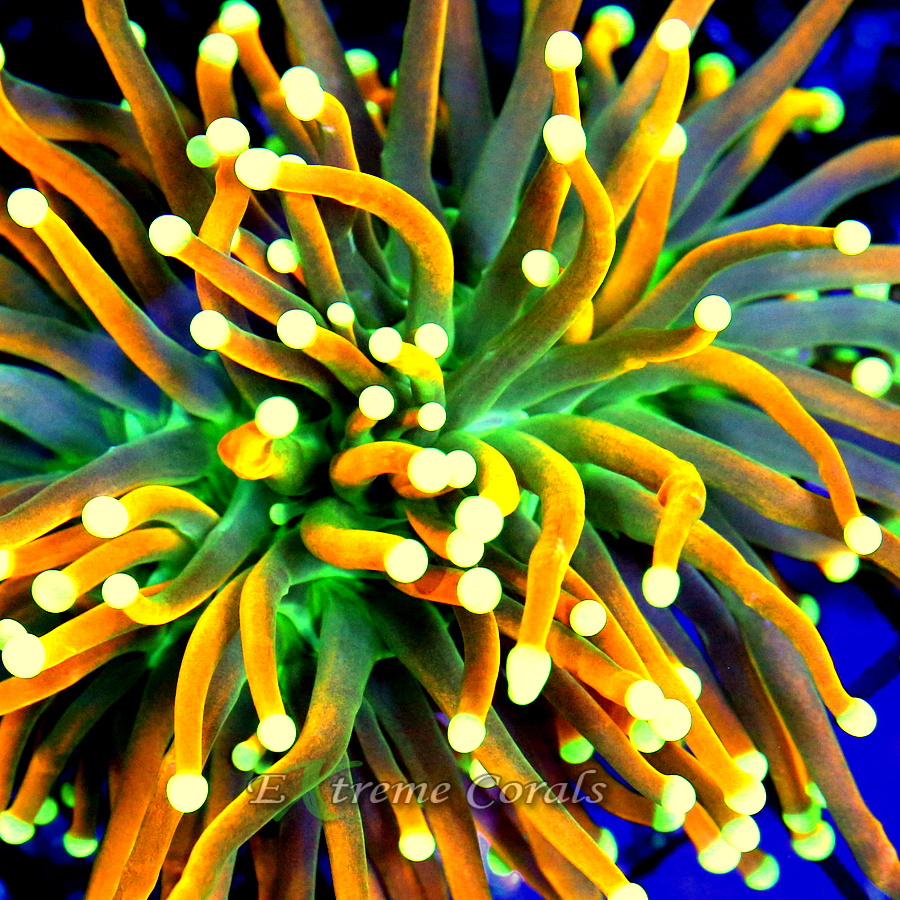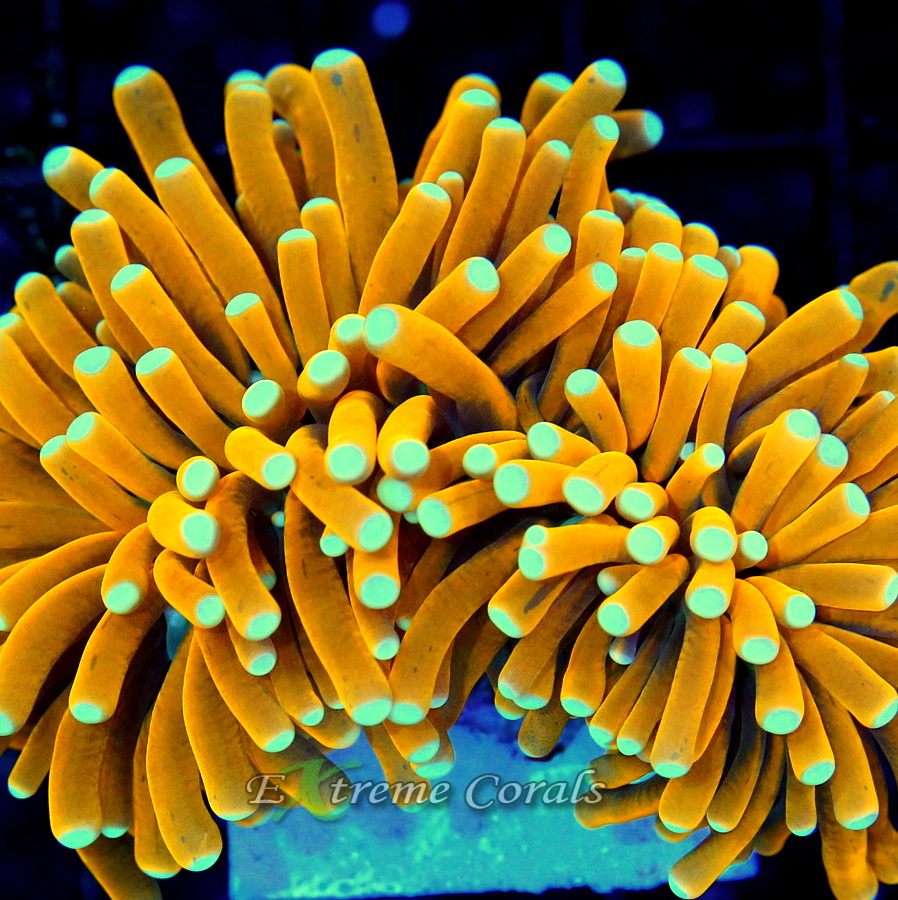Extreme Corals News and Updates
SPS Corals vs LPS Corals: Understanding the Differences
Understanding SPS and LPS Corals: Characteristics, Care, and Key Differences
Discover the unique traits and care needs of SPS and LPS corals, essential for reef tank enthusiasts. Learn to distinguish between these stunning species and make informed choices for your aquarium.
by scott Shiles • March 12, 2024
LPS Coral Care, SPS Coral Care
SPS corals: characteristics and habitat

SPS corals, also known as Small Polyped Stony corals, are known for their small polyps and their ability to build calcium carbonate skeletons. They are commonly found in shallow, well-lit waters, and thrive in strong water currents. SPS corals are often considered more demanding than LPS corals, as they require stable water parameters and intense lighting to grow and thrive. These corals are known for their vibrant colors and intricate growth patterns, making them a popular choice for experienced reef aquarium enthusiasts.
LPS corals: characteristics and habitat

LPS corals, also known as Large Polyp Stony corals, have large, fleshy polyps and a hard skeleton. They are found in shallow, well-lit, and turbulent waters in the ocean, mainly in the Indo-Pacific region. LPS corals have a wide range of colors and shapes, and they are known for their beautiful and diverse appearance. These corals require moderate care and maintenance and are popular among hobbyists for their vibrant and eye-catching display in reef aquariums.
Key differences between SPS and LPS corals
SPS (small polyp stony) corals have small polyps and stony skeletons, while LPS (large polyp stony) corals have larger polyps and stony skeletons. SPS corals require higher light and water flow, while LPS corals can thrive in lower light and moderate water flow conditions. SPS corals are known for their vibrant colors and intricate growth patterns, whereas LPS corals have a more diverse range of shapes and sizes. SPS corals are generally more challenging to care for and may require more precise water parameters, while LPS corals are often considered more forgiving and adaptable.
Water quality and lighting requirements for SPS corals
SPS corals, also known as small polyp stony corals, require high water quality and intense lighting. They thrive in clean, well-oxygenated water with stable parameters. Strong lighting, such as metal halide or LED lights, is essential for their growth and coloration. It's crucial to maintain proper water flow to prevent detritus buildup and provide adequate nutrient export. Additionally, maintaining stable alkalinity, calcium, and magnesium levels is important for SPS coral health.
Water quality and lighting requirements for LPS corals
LPS corals require moderate to high lighting and stable water parameters to thrive. Aim for a temperature of 72-78°F and pH 8.1-8.4 for best results. Lighting should be moderate to high, ideally around PAR 150-350. Keep a close eye on your water quality, including parameters such as calcium, alkalinity, and magnesium levels, to ensure the health of your LPS corals. Regular testing and maintenance are critical for maintaining stable water conditions.
Feeding and maintenance of SPS corals
SPS corals, also known as small polyp stony corals, require regular feeding to thrive in your aquarium. They typically consume small particles found in the water, so you can feed them with phytoplankton and zooplankton. It's important to maintain stable water parameters, such as temperature, salinity, and lighting, to ensure the health of your SPS corals. Regular water testing and proper calcium and alkalinity levels are also crucial for their growth and longevity. Keep in mind that SPS corals demand a higher level of care compared to LPS corals, so be prepared to dedicate time and attention to their maintenance.
Feeding and maintenance of LPS corals
Feeding and maintaining LPS corals is essential for their health. LPS corals, or large polyp stony corals, require regular feeding to ensure proper growth and coloration. You can feed LPS corals with small meaty foods such as Mysis shrimp, brine shrimp, and zooplankton. Additionally, LPS corals benefit from the periodic addition of supplemental calcium and alkalinity to support their skeletal structure. Regular water testing and maintenance are crucial to ensure the water parameters remain stable, providing a suitable environment for the thriving of LPS corals.
Common challenges in keeping SPS corals
SPS corals are generally more demanding to keep than LPS corals. They require stable water parameters, intense lighting, and strong water flow. Common challenges include maintaining stable alkalinity, calcium, and magnesium levels, as well as providing the appropriate lighting and water movement. Additionally, SPS corals are susceptible to rapid tissue necrosis (RTN) and other diseases, making regular observation and maintenance crucial for their well-being.
Common challenges in keeping LPS corals
LPS corals require stable water parameters, high water quality, and sufficient lighting. They are also more susceptible to predation by fish and need regular feeding to thrive. Moreover, LPS corals are sensitive to changes in water flow and can be prone to tissue recession if not provided with suitable conditions.
Choosing between SPS and LPS corals for your reef tank
Before choosing between SPS and LPS corals for your reef tank, it's important to know the key differences between the two. SPS corals, also known as small polyp stony corals, typically require higher light and water flow, and they can grow rapidly in the right conditions. LPS corals, or large polyp stony corals, are generally more forgiving and can thrive in lower light and flow. Consider the requirements of your reef tank, your level of experience, and the amount of time you can dedicate to maintenance when making your decision.

